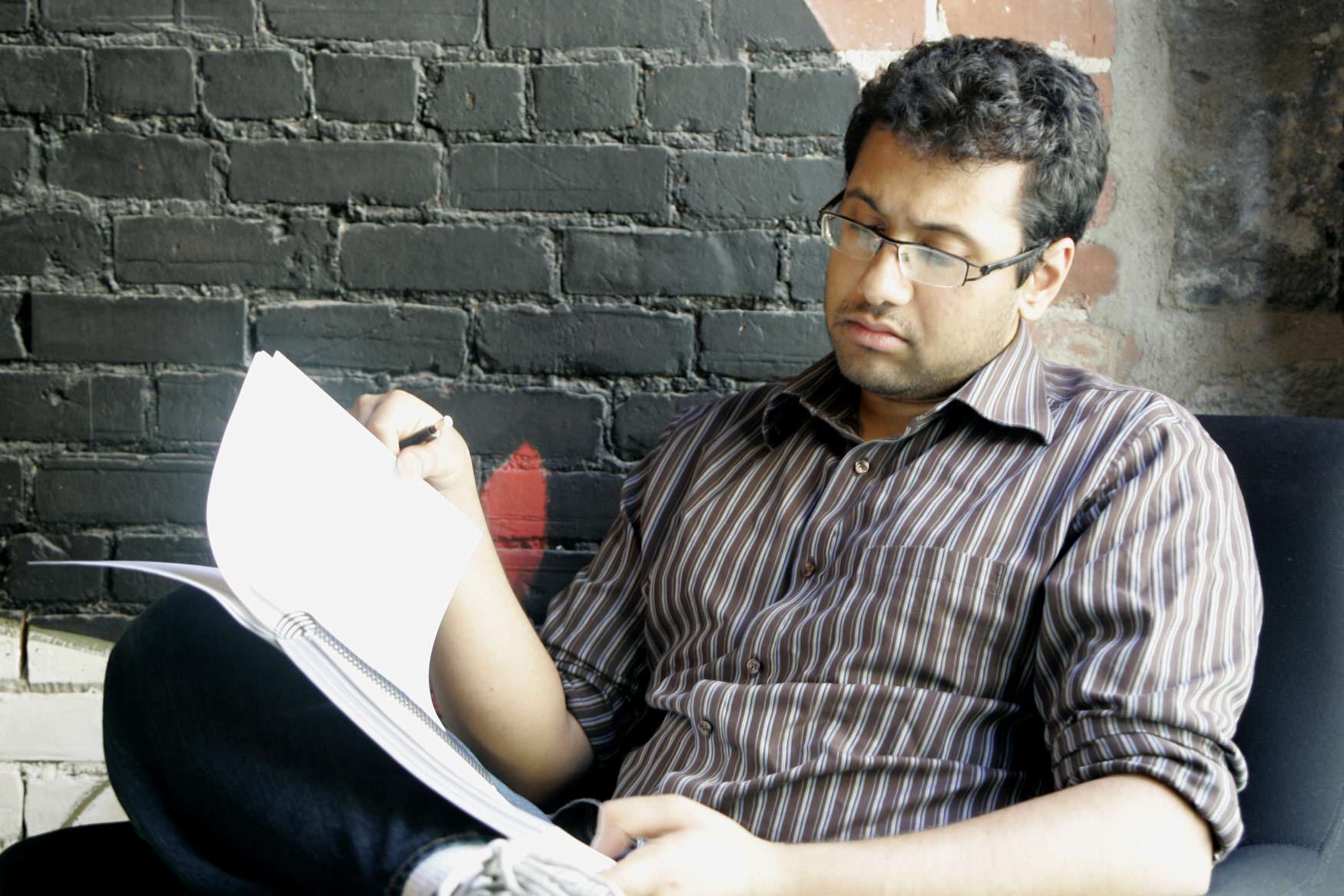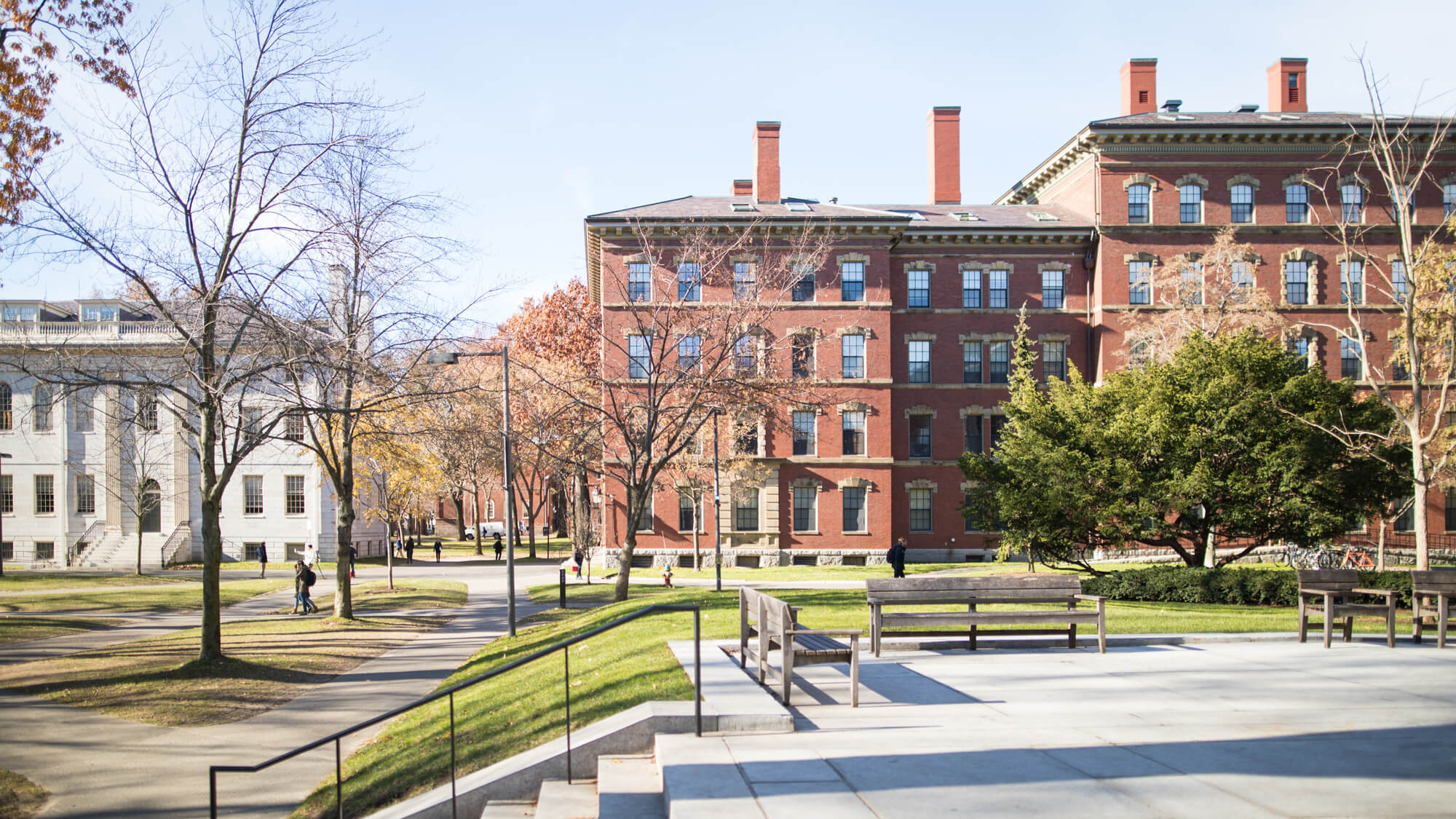3 Data-Driven Tips for Indians Applying to Top-50 US MBA Programs
June 07, 2017 :: Admissionado Team
We’ve done a LOT of apps around here (over 30,000!), and many of those are for applicants from India. More specifically, they’re for… dun dun dun… the infamous “Indian IT Males.”
Of course, Indian males who work in IT are all lovely people! Great guys, really. Tremendous guys! Super smart and talented and a whole lot of other great things! We have nothing against ‘em personally; it just so happens that “The Indian IT Male” is the most competitive applicant archetype there is. On earth. And if you’re reading this, you already know that.
But I digress.
So, 30,000 clients means 30,000 clients’ worth of data. Stats, figures, outcomes… all of it. And every year, after another successful application season, we like to look at that data, search for trends, understand how things have shifted (or didn’t!), and adjust our strategies and approaches accordingly. Especially for the more difficult demographics like, you guessed it, The Indian IT Male.
And we were doing just that when we thought maaaaybe it would be good to know if the things we were seeing in OUR data held true in the applicant community at large. After all, you can never be too thorough! So we reached out to the only people we know who have more data than we do: the geniuses over at GMAT Club. They pressed a few buttons, ran a few calculations, ate a few snacks, and then handed over their findings.
The good news is: it did jive with our data.
The better news: with our powers combined, we’re able to bring you real, data-driven insights and analysis to help you as you formulate your MBA application strategies so you can stand out from the crowd and turn those applications into admits.
Can I get a what what? I mean, come on, y’all are engineers… if anyone will appreciate data-driven anything, it’s you!
So let’s get into it, starting with your favorite thing, the GMAT.
1. 720 is the new 700
As recently as five years ago, a 700 was the threshold score to break. In the last few years, however, GMAT averages have shot up by about 20 points at top schools. This is largely thanks to Indian applicants (although Chinese applicants are also responsible!) who are out-studying U.S. applicant by a ratio of 3:1 (in terms of hours) and coming back with amazing scores.
So, when it comes to your GMAT score, 720 is the new 700–and this is true for EVERYONE.
What’s more, given the size (HUGE) and uniformity (sorry, engineers) of the Indian applicant pool, you need to adjust your score based on your demographic. Our handy rule of thumb is the following: adjust your score down by 20 points. So if you’re applying to a school with a 690 average, as an Indian applicant you’re going to need a 710 to have a good chance at acceptance. Not the best news, we know, but you can’t argue with the data, folks.
So now that you know your baseline, what else does the data tell us about GMAT scores?
To quote the GMAT Club report, “For every 20 points of GMAT that you can get above 700, you will double your chances. E.g. going from 700 to 720 will boost you from 2% to 5% and getting another 20 points will raise your chances to 11%.” So, ya, get that score as high as you can… within reason. After 760, this advantage tapers off, partially due to the paucity of high-scoring applications and partially because of diminishing returns compared to the other portions of the application. The conclusion here is that you’re going to need to work really, really hard to get that score, and once you do, be happy with it. The GMAT isn’t the only factor in your admission, after all (more on this below), and you gotta focus your efforts on the rest of your materials.
If you’re deciding whether or not you should retake, have a look here.
2. Background Matters
Second, your industry and background will play a HUGE factor. We’ve seen a tendency amongst Indian applicants to think that the U.S. works like India – i.e. all you need to get into the best school is the highest GMAT. But that’s just not the case. Why? Because elite B-Schools are looking at your profile HOLISTICALLY.
You might have a 770 on the GMAT, but if you have weak work experience, graduated from a no-name university, or work for an unknown employer, your chances are still slim. The reverse is also true: If you come from MBB Consulting or a bulge bracket bank, and do have an educational pedigree (like IIT), admissions officers may overlook a lower (but still very high!) GMAT. Why? It’s the numbers. The schools have enough Indian candidates with awesome scores. They aren’t even considering applicants with low scores. But once you are above the average, what they really want is proof of real world success.
So if you’re in healthcare, pharma, or consulting, wahoo! If you’re in IT, well, you’ve got a tough road ahead, one that’s clogged with LOTS and LOTS of people just like you, all trying to get to the same destination…
That being said, statistics aren’t the reason many Indian applications flounder. Due to the nature of the Indian education system, which has been making a big gamble on a single industry (yep, IT) over the past decade or two, Indian profiles also have a difficult time standing out.
Time and again we have seen Indian applicants come to us telling the same stories, with the same achievements, even the same extracurricular activities and volunteer work. Industry matters, but adcoms will overlook an overrepresented profile if you stand out in other ways.
So what does that mean practically? First and foremost: Adjust your expectations according to your background. Are you from IT? Be aware of the difficulties, and apply to more B-Schools with a broader range of selectivity. Did you not graduate from an IIT/NIT? Then your chances are going to be MUCH lower than those who did. Does this mean getting in is impossible? Not at all. But it will be tough, and a realistic evaluation of your chances will help you plan.
3. Age and work experience matters
There’s a misconception amongst applicants that “three years’ work experience” is enough to apply for an MBA. In fact, three years is a minimum. But even this is not a hard-and-fast rule. When we consider industry, background, and country of origin, the stats tell a more complex story.
First, let’s have a look at age amongst Indian applicants. The conclusion of GMAT Club’s report is that “Among all Indian applicants, those in the age range of 28-30 have the highest acceptance rate of 7%. This implies that those who are applying to B-Schools after spending 6-8 years in industry after undergrad are preferred by business schools.”
We have seen similar results at Admissionado. The average age for MBA students at matriculation in most U.S. schools hovers around 26-28, so the Indian applicants who are most successful are applying with more experience than their non-Indian counterparts.
Why? Likely because the additional experience allows the admissions committee to see who has a proven track record of success. Older applicants have more leadership and experience, which allows schools to better differentiate candidates, and select those who have accomplished more.
Industry is another factor. Even for American clients, we only recommend that people in “MBA-track” jobs like investment banking or MBB consulting apply with the minimum experience. These applicants have a strong profile already, and many will have their MBA sponsored in the normal course of their career. However, in most other industries, it takes longer to reach management levels. We recommend that applicants in those industries wait until they have gained more experience.
But don’t wait too long! We often get requests from Indian candidates who are 33+ about applying to full-time MBA programs (for some it will be their second MBA, after completing a first, Indian MBA). Their chances at Top 20 schools are slim. There are still many other options (one-year programs, EMBA programs, European and Asian MBAs, part-time or weekend programs), but the numbers reveal that a regular, full-time program in the U.S. is not the best strategy for older Indian candidates.
Conclusion
First, if you are an Indian candidate applying for Top 20 programs, getting a stellar GMAT is almost a necessity. It’s even more essential if you are coming from an overrepresented industry like IT. Second, even if you DO hit those numbers, you are up against some tough acceptance rates. We highly recommend everyone read the full report.
If you’re paying close attention to the “admissions chances” table, the challenge of getting into your desired program(s) may seem daunting, but there are plenty of ways you can overcome the obstacles:
- Work on making an original and passionate application that will stand out and make the most of your achievements. Given the sheer numbers of applicants from India, it is too easy to get lost in the shuffle. Having a fantastic and memorable application is the only way to stand out from a pool of very similar profiles.
- Broaden the range of schools you apply to. Add safety schools to your list. Don’t assume that just because you have a good GMAT score or a good employer, you will get in. Given how tough the statistics are for Indian applicants, applying to a broad range of schools is the only realistic strategy.
When setting your goals and expectations, take into consideration the realities of your demographic. Being an Indian applicant is tough, but by arming yourself with data-based insights, you can overcome the odds.




